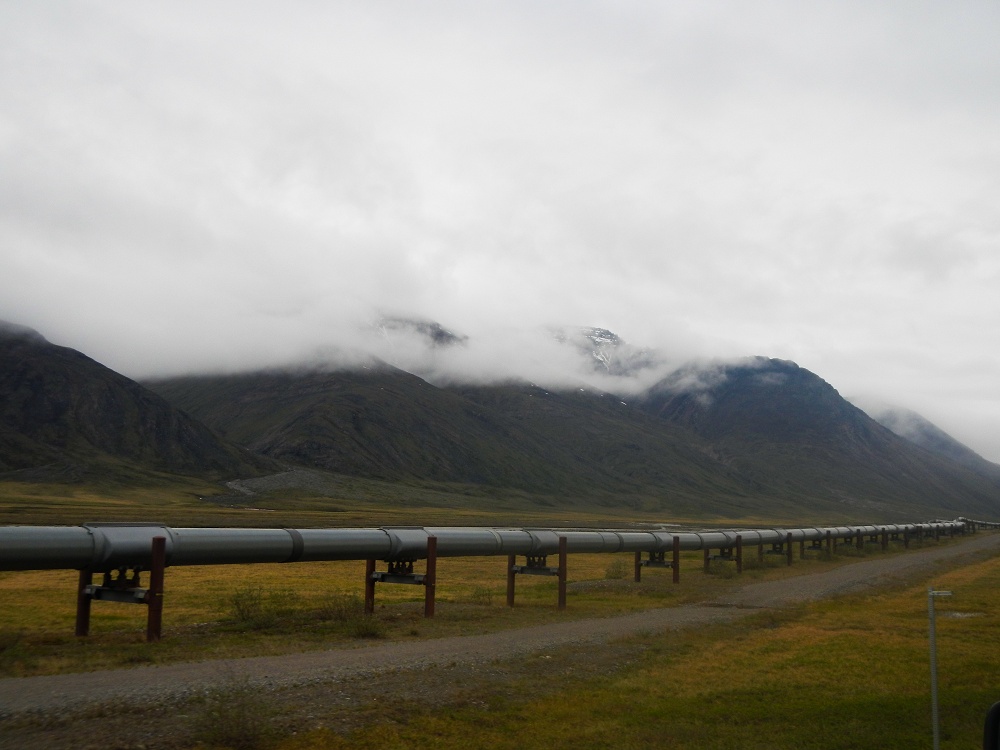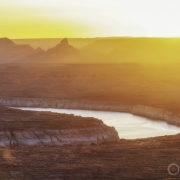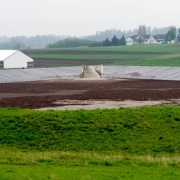Water Gained Stature at Paris Climate Talks
Though not mentioned in the final agreement, water nonetheless firmly staked a spot in the global climate agenda
By Brett Walton
Circle of Blue
Just before midnight on December 12, the crowd at Le Bourget conference center in Paris was euphoric. One hundred ninety five countries, bucking past failures, had just signed a groundbreaking agreement to limit carbon pollution.
There were cheers and backslapping, hugs and hoots of relieved satisfaction. After a spectacular failure five years ago in Copenhagen, when longstanding divisions between rich and poor countries scuttled a climate deal, negotiators felt remarkable pressure not to allow the same rifts to appear in Paris. Though present, in the end the rifts were bridged.
“This is a tremendous victory for all of our citizens — not for any one country or any one bloc, but for everybody here who has worked so hard to bring us across the finish line,” U.S. Secretary of State John Kerry said at the closing plenary. “It’s a victory for all of the planet and for future generations. We have set a course here. The world has come together around an agreement that will empower us to chart a new path for our planet — a smart and responsible path, a sustainable path.”
Kerry and others acknowledge that the agreement itself, which lacks a means to enforce voluntary targets or penalize laggards, will not prevent a catastrophic warming of the planet. Initial pledges to reduce carbon emissions are not strong enough. But the agreement does signal a global intent to move away from fossil fuels. Markets took note. In the first day of trading after the agreement, shares of Peabody Energy, the top U.S. coal producer, dropped more than 12 percent.
The Paris conference brought cheers not only from renewable energy advocates but from water groups. For years, organizations that focus on the world’s freshwater resources felt marginalized in the climate change debate. A warmer planet means nastier droughts, bigger floods, and unsettling perturbations in the water cycle, but the question of adaptation was mostly ignored by diplomats.
In Paris, that changed. Though the final text does not mention it by name, water was at the core of numerous debates and side agreements. Water advocates succeeded not by narrowing their agenda but by broadening it.
They did this in two ways. First, by targeting climate adaptation at the national level. Seventy-five percent of the national climate plans, or INDCs, which 186 countries submitted ahead of the conference, mentioned water adaptation. The detail in these plans varies tremendously, according to Melisa Cran of the French Water Partnership, but they do represent a starting point.
Second, water groups brought more parties to the table. Cities, non-governmental organizations, research institutes, utilities, and businesses pledged to address water as part of the “Agenda for Solutions,” a platform for promoting climate action outside of international politics.
The approach was a success. Water was discussed with greater depth and detail than at any previous UN climate conference.
“We were very happy that the topic of water became relatively serious in Paris,” Leon Awerbuch of the International Desalination Association, which helped advance an agreement to cut carbon emissions from desalination, told Circle of Blue.
The conference produced a number of notable agreements. More than 300 organizations signed the Paris Pact, to improve water management practices at the watershed level. Roughly $US 1 billion in funding for infrastructure projects has already been secured, according to Tales Resende Carvalho of the UNESCO-International Hydrological Program. Funds for adaptation could also flow to water projects from the Green Climate Fund, to which rich countries pledged at least $US 100 billion per year by 2020.
Forty large businesses agreed to measure and report water use, under an initiative called the Business Alliance for Water and Climate Change. The MegaCities Coalition, which represents 10 cities with 85 million people, will share data and best practices. The Global Clean Water Desalination Alliance aims to reduce carbon emissions from desalination, first by increasing the efficiency of membranes and power generation and eventually by a wholesale transition to renewable energy, Awerbuch explained. Without action, carbon emissions from desalination will increase more than five-fold by 2040 because of the growth of thirsty seaside cities.
Altogether, the pledges made at Paris represent a significant step forward for water. Resende Carvalho said the importance is evident in the breadth of the negotiations.
“It goes without saying that given its cross-cutting nature and its important potential mitigation and adaptation aspect, water has found an important place among the measures provided under the INDCs and the ‘Agenda for Solutions’,” Resende Carvalho told Circle of Blue.
Like the climate agreement, what matters for water is what happens now that delegates have left Paris. Morocco and France already committed to making water a more central part of next year’s climate conference, in Marrakesh. Though euphoria still hangs in the air, the hard work of turning words into practice begins.
Brett writes about agriculture, energy, infrastructure, and the politics and economics of water in the United States. He also writes the Federal Water Tap, Circle of Blue’s weekly digest of U.S. government water news. He is the winner of two Society of Environmental Journalists reporting awards, one of the top honors in American environmental journalism: first place for explanatory reporting for a series on septic system pollution in the United States(2016) and third place for beat reporting in a small market (2014). He received the Sierra Club’s Distinguished Service Award in 2018. Brett lives in Seattle, where he hikes the mountains and bakes pies. Contact Brett Walton











Leave a Reply
Want to join the discussion?Feel free to contribute!